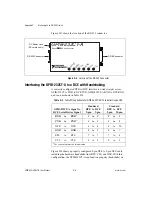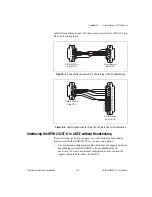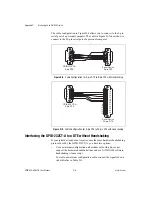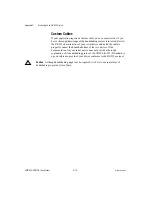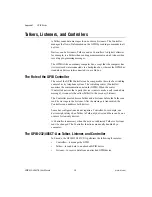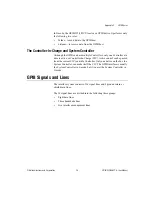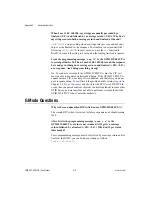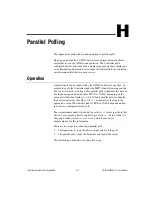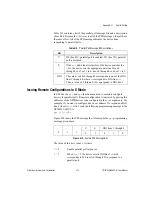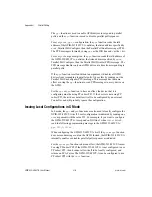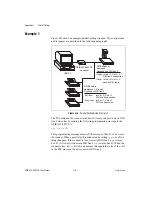
Appendix F
GPIB Basics
F-2
www.ni.com
Talkers, Listeners, and Controllers
A Talker sends data messages to one or more Listeners. The Controller
manages the flow of information on the GPIB by sending commands to all
devices.
Devices can be Listeners, Talkers, and/or Controllers. A digital voltmeter,
for example, is a Talker when sending measurements and a Listener when
receiving programming messages.
The GPIB is like an ordinary computer bus, except that the computer has
its circuit cards interconnected via a backplane bus, whereas the GPIB has
standalone devices interconnected via a cable bus.
The Role of the GPIB Controller
The role of the GPIB Controller can be compared to the role of a switching
center of a city telephone system. The switching center (Controller)
monitors the communications network (GPIB). When the center
(Controller) notices that a party (device) wants to make a call (send a data
message), it connects the caller (Talker) to the receiver (Listener).
The Controller must address a Talker and a Listener before the Talker can
send its message to the Listener. After the message is transmitted, the
Controller can unaddress both devices.
Some bus configurations do not require a Controller. For example, one
device might always be a Talker (a Talk-only device) and there can be one
or more Listen-only devices.
A Controller is necessary when the active or addressed Talker or Listener
must be changed. The Controller functions are usually handled by a
computer.
The GPIB-232/485CT-A as Talker, Listener, and Controller
In S mode, the GPIB-232/485CT-A performs the following three roles:
•
Controller—to manage the GPIB
•
Talker—to send data to an attached GPIB device
•
Listener—to receive data from an attached GPIB device


